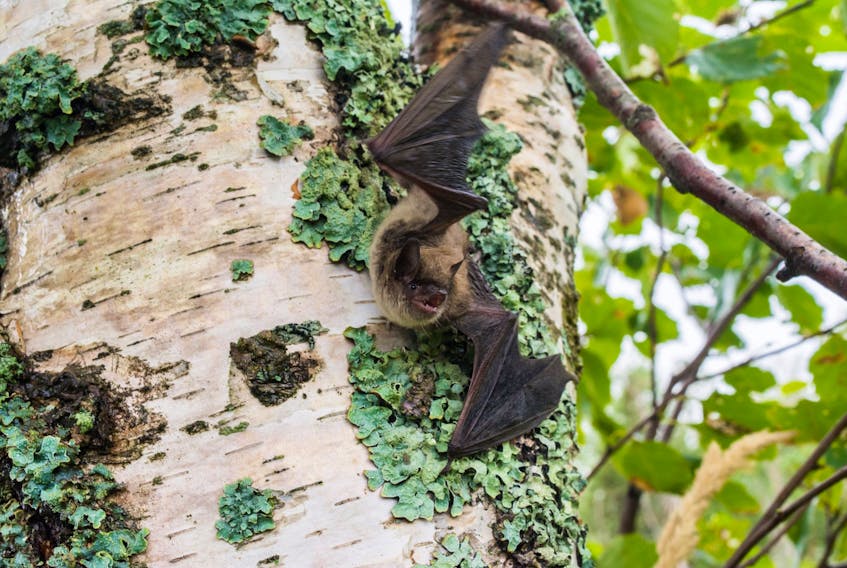Members of the public are asked to report bat sightings this season in order to better monitor the bat population across Prince Edward Island.
Since 2017, the toll-free number 1-833-434-BATS (2287) has offered the public in Prince Edward Island and Newfoundland and Labrador direct access to bat expertise. The service has now been expanded to include New Brunswick and Nova Scotia under a new project, Stewardship for Protection and Monitoring of Atlantic Canada's Endangered Bat Species.
Last year (April 2019 to April 2020) the hotline received 422 calls, almost two times more than the year prior.
With the help of citizen science, there were 385 reports of bat sightings, 392 bats counted at maternity colonies and 17 dead bats submitted for necropsy and testing.
In Atlantic Canada, bats are threatened by a disease known as bat white-nose syndrome. The rapid decline of bats from this syndrome resulted in three local bat species being federally listed as endangered: the little brown myotis, the northern myotis and the tri-coloured bat.
White-nose syndrome was confirmed in Newfoundland and Labrador in 2017, in P.E.I. in 2012-2013 and Nova Scotia and New Brunswick in 2010-2011. The disease is believed to have killed about 95 per cent of the bat population in those provinces at those times.
To learn more about white-nose syndrome, visit cwhc-rcsf.ca/wns.php.
This project is being delivered by the Canadian Wildlife Health Cooperative (CWHC) Atlantic Region, at the Atlantic Veterinary College and the University of Prince Edward Island and is a collaborative project between the CWHC, Environment and Climate Change Canada and the provincial governments of New Brunswick, Newfoundland and Labrador, Nova Scotia, and Prince Edward Island









